13 Free Chips Photos transparent PNG images
Welcome to our Chips Photos collection, showcasing 13 free AI-generated images that capture the crispy, delicious world of chips in stunning detail. Browse through our diverse collection of stock photos, 3D objects, vectors, and illustrations featuring everything from classic potato chips to gourmet snacks. Each high-resolution image is available for free download, and you can utilize our 'open in editor' feature to customize the prompts and regenerate images that perfectly match your creative vision.
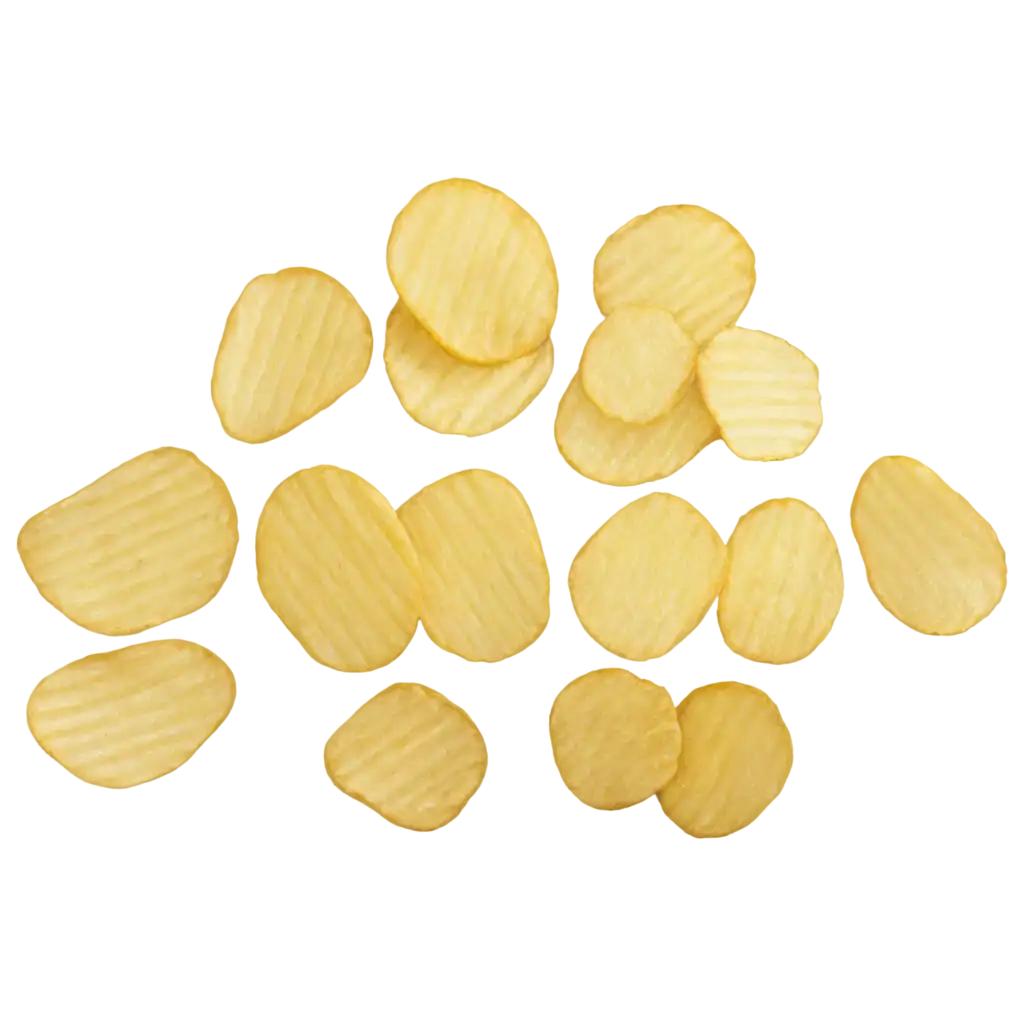
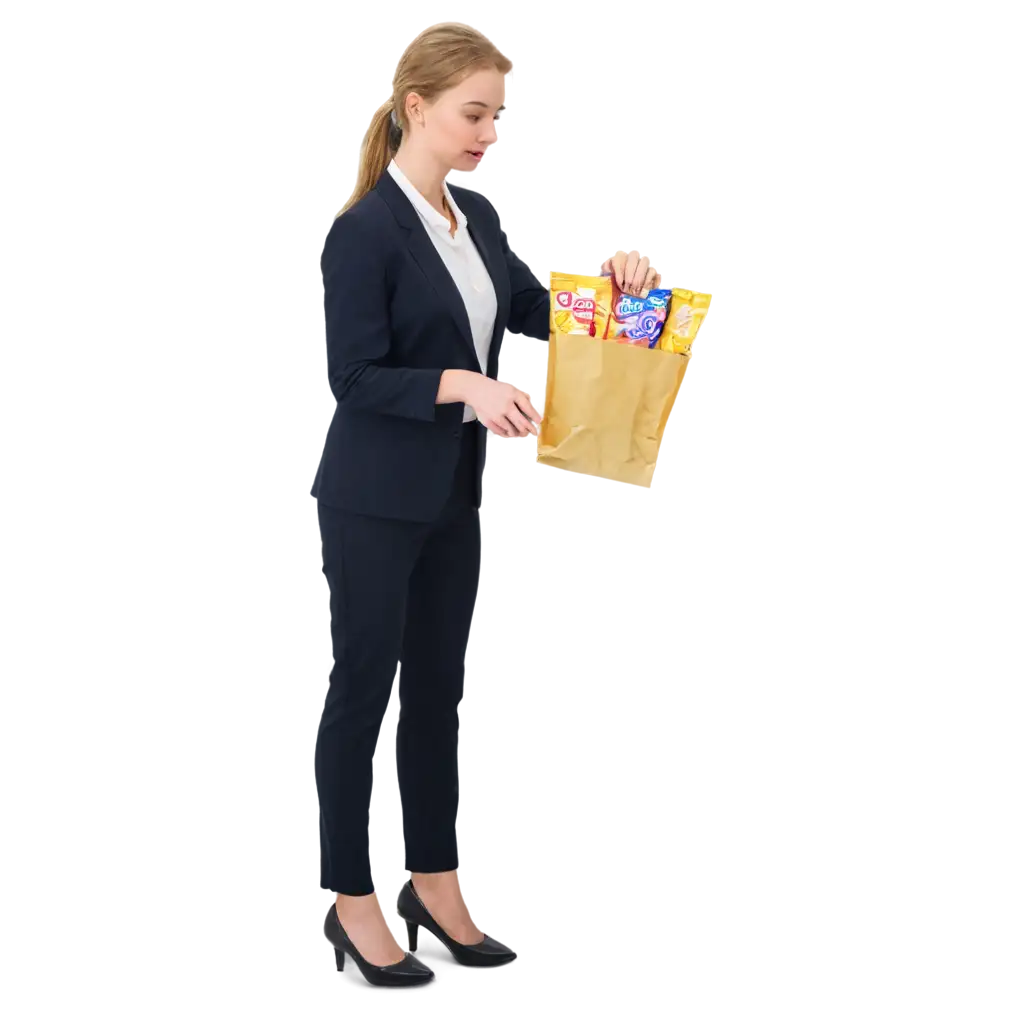
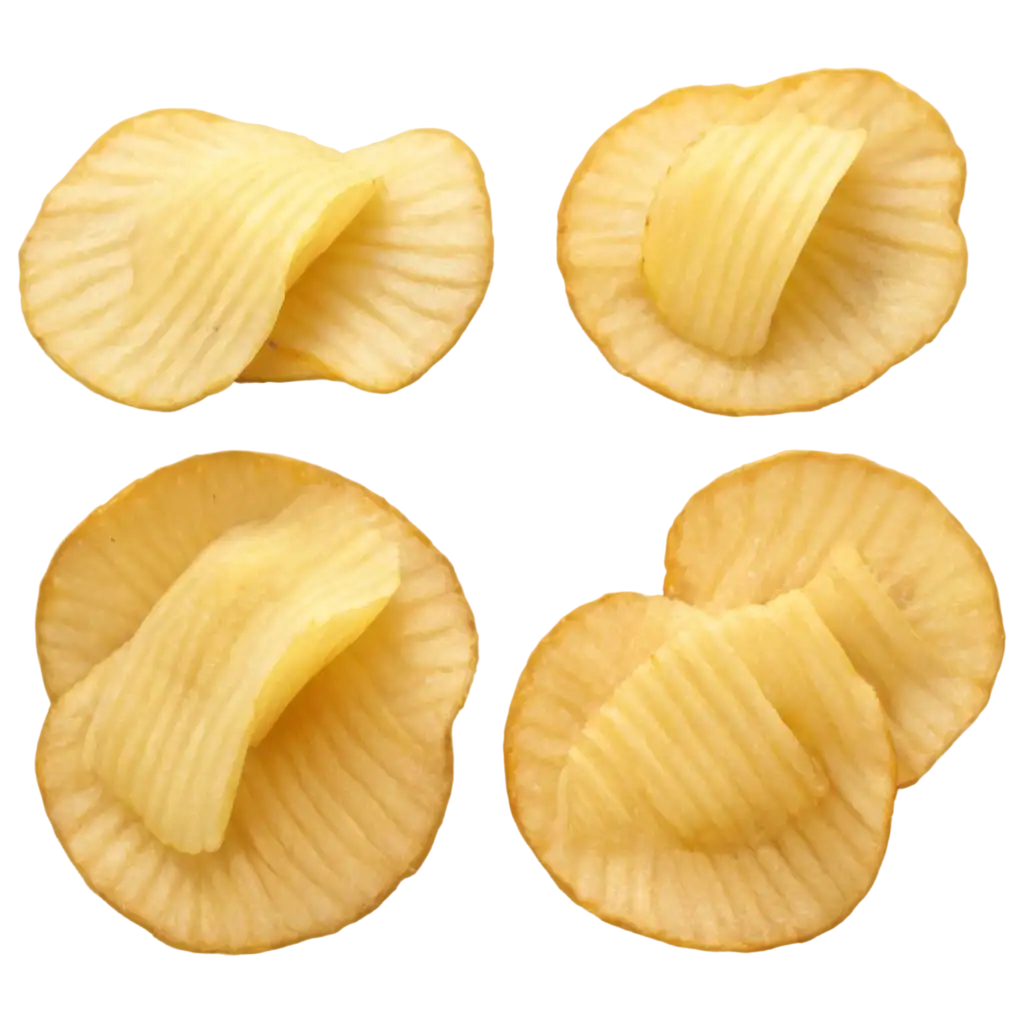
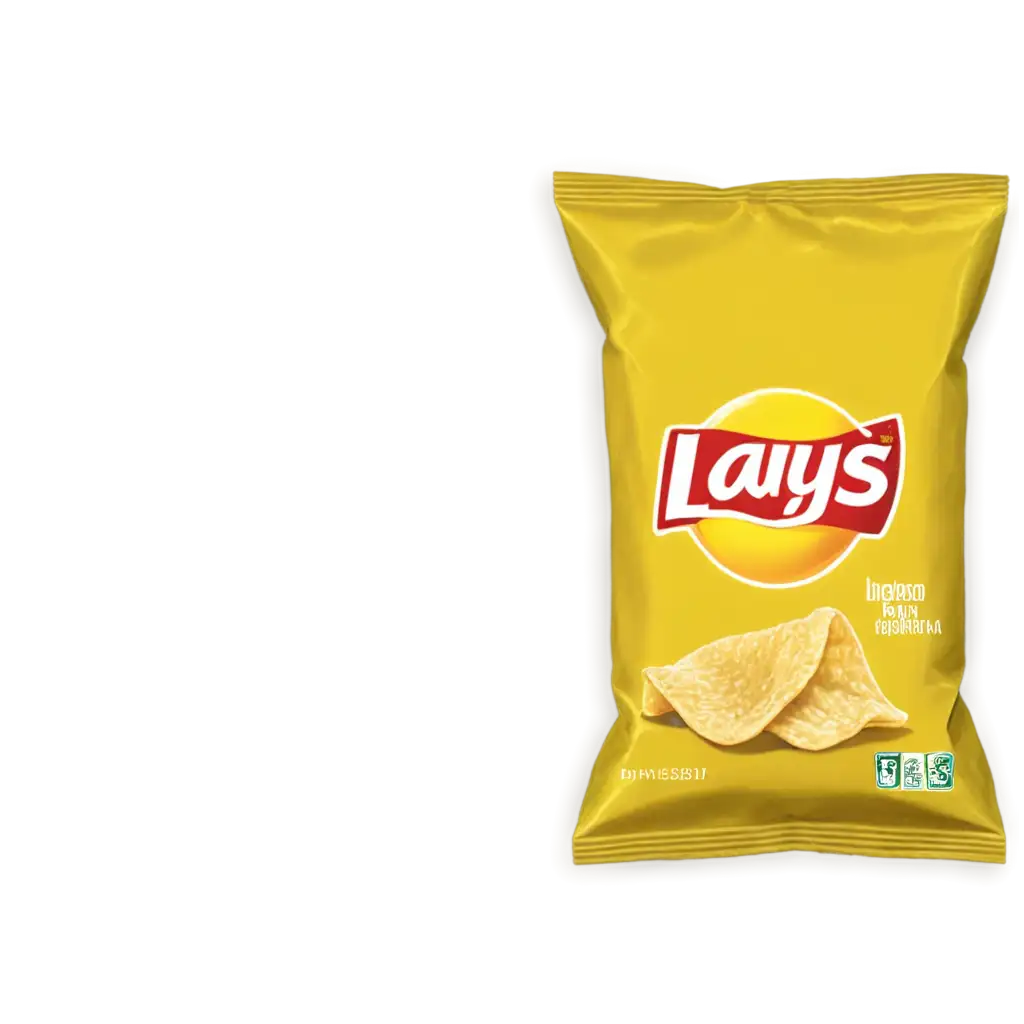
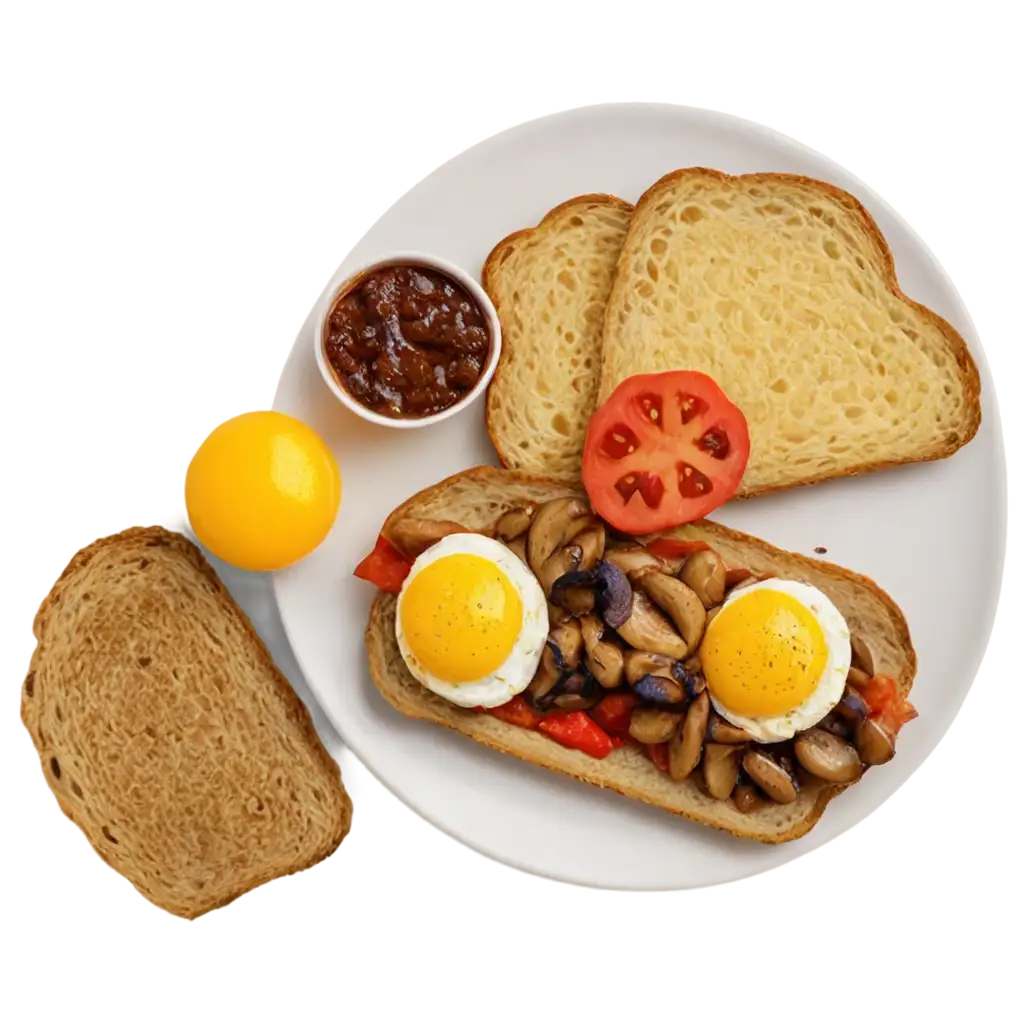
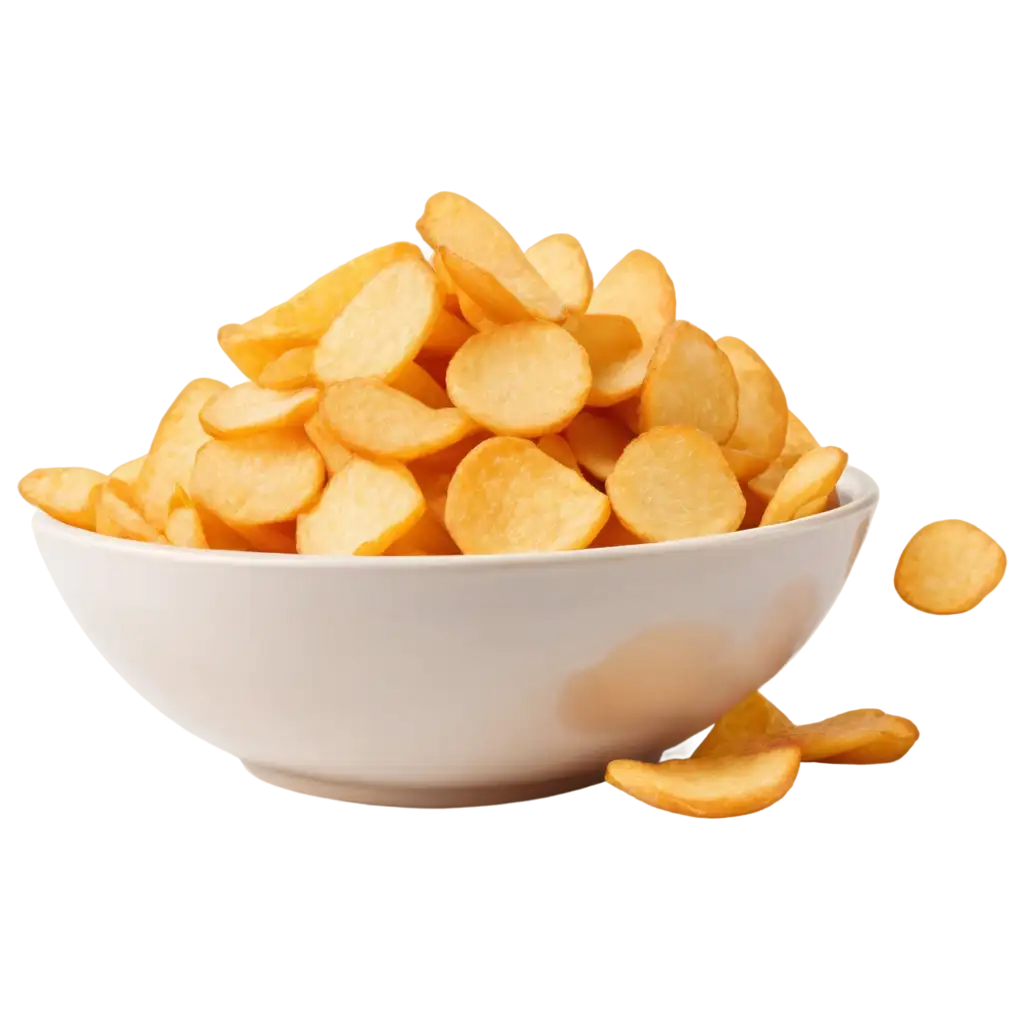
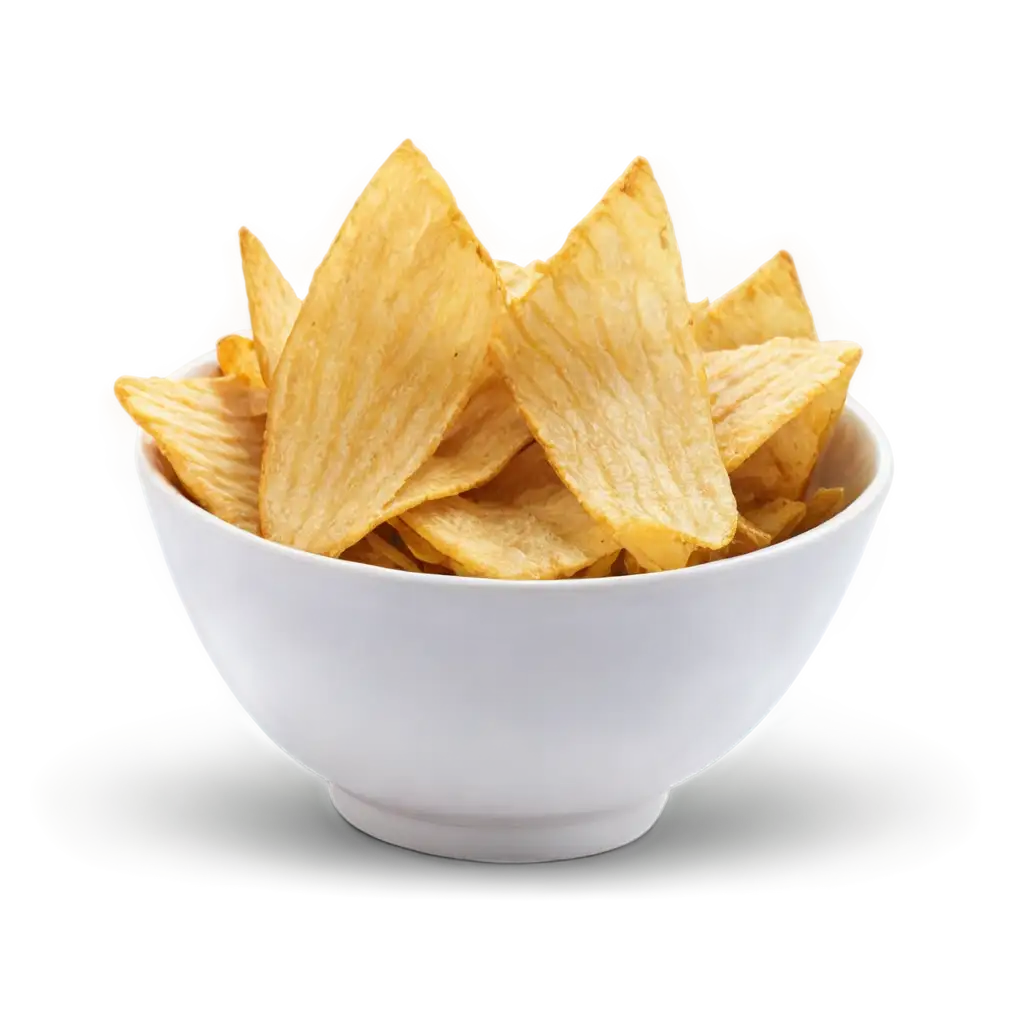
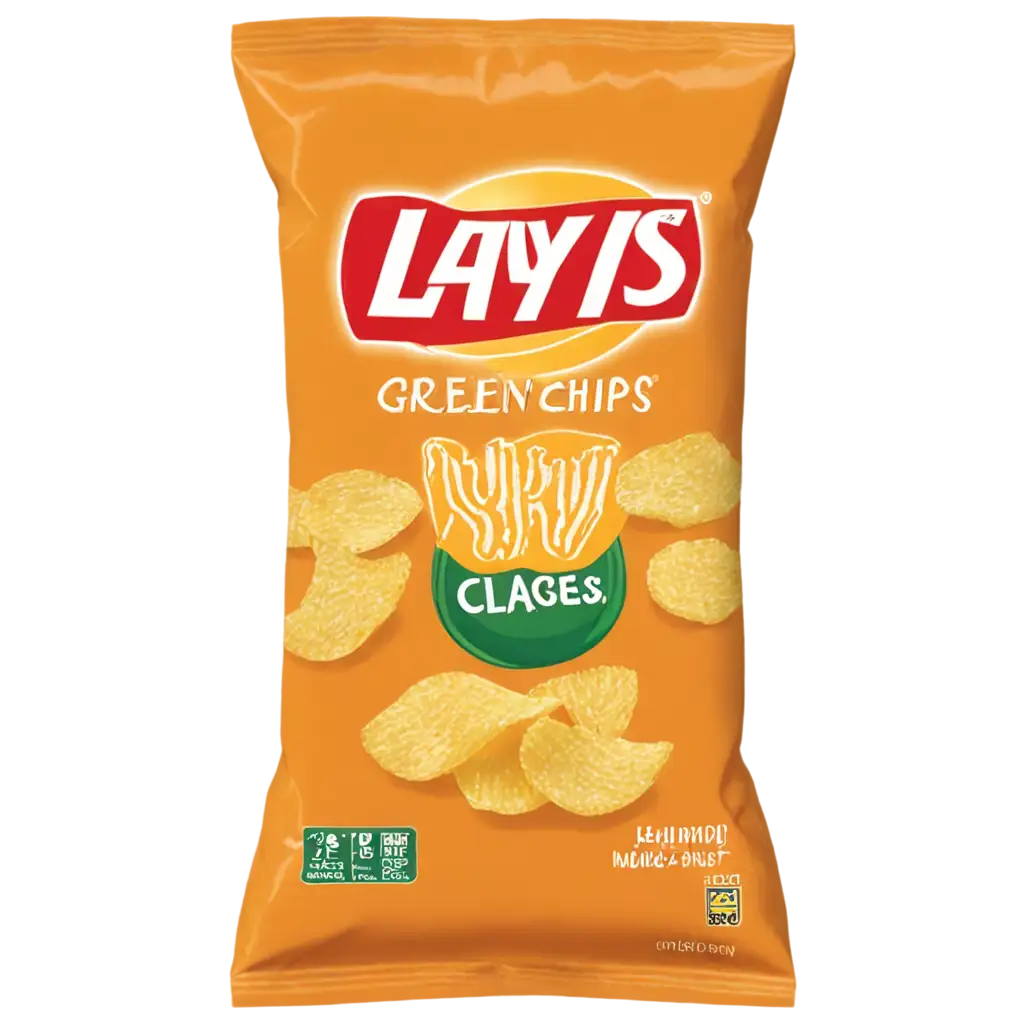
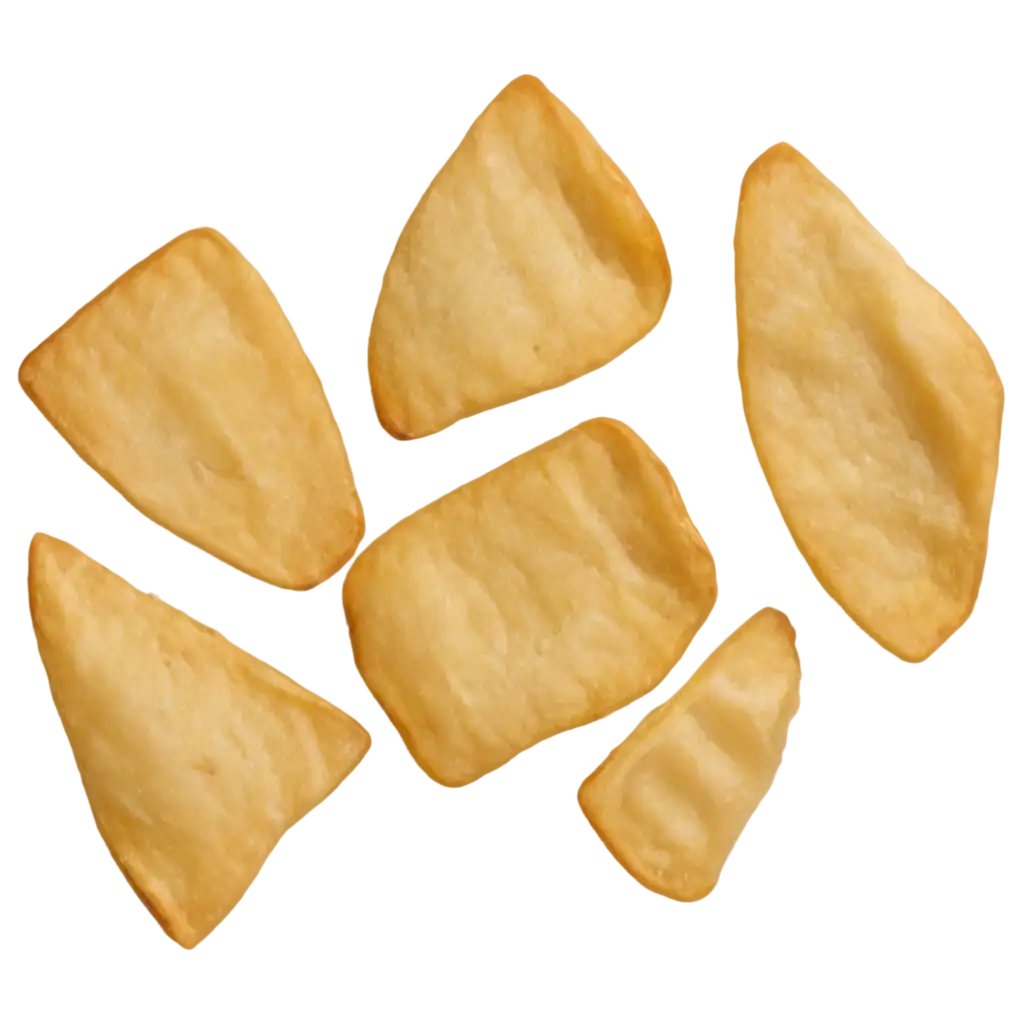
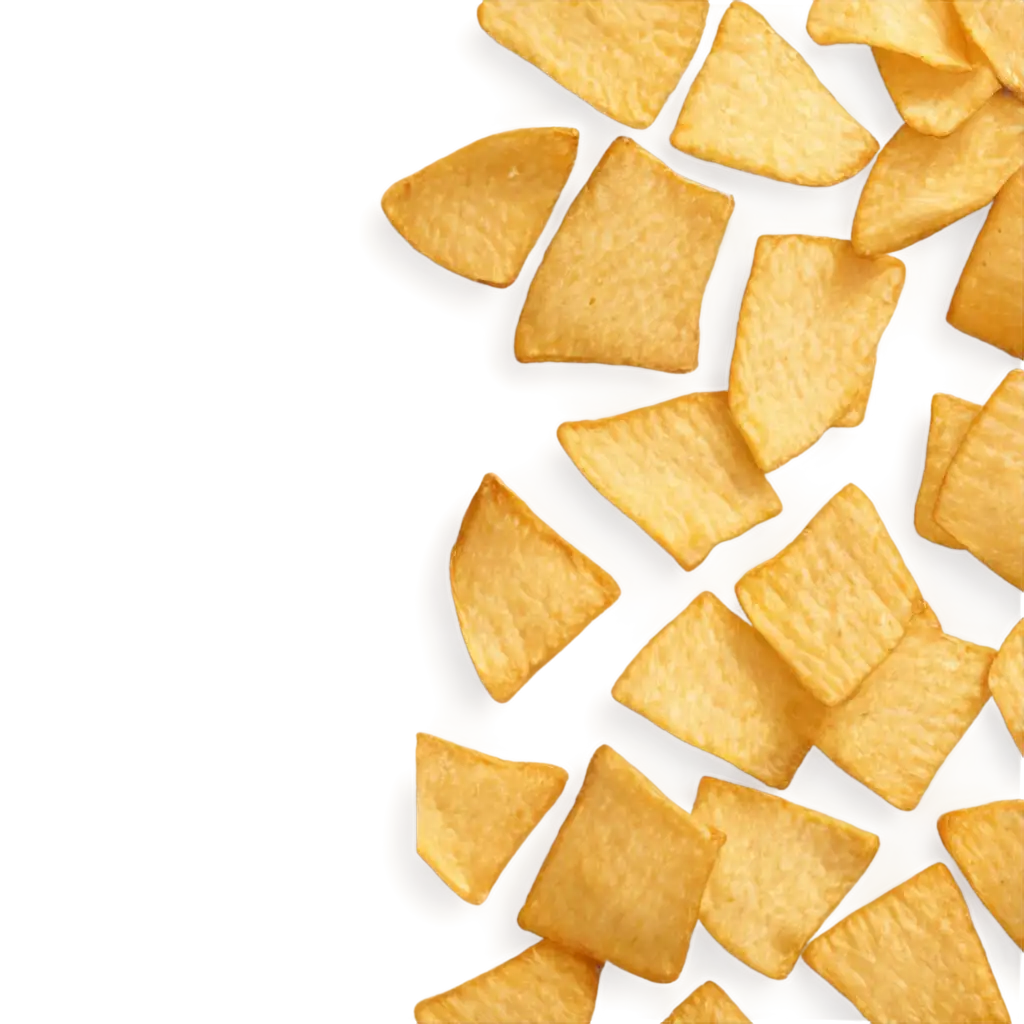
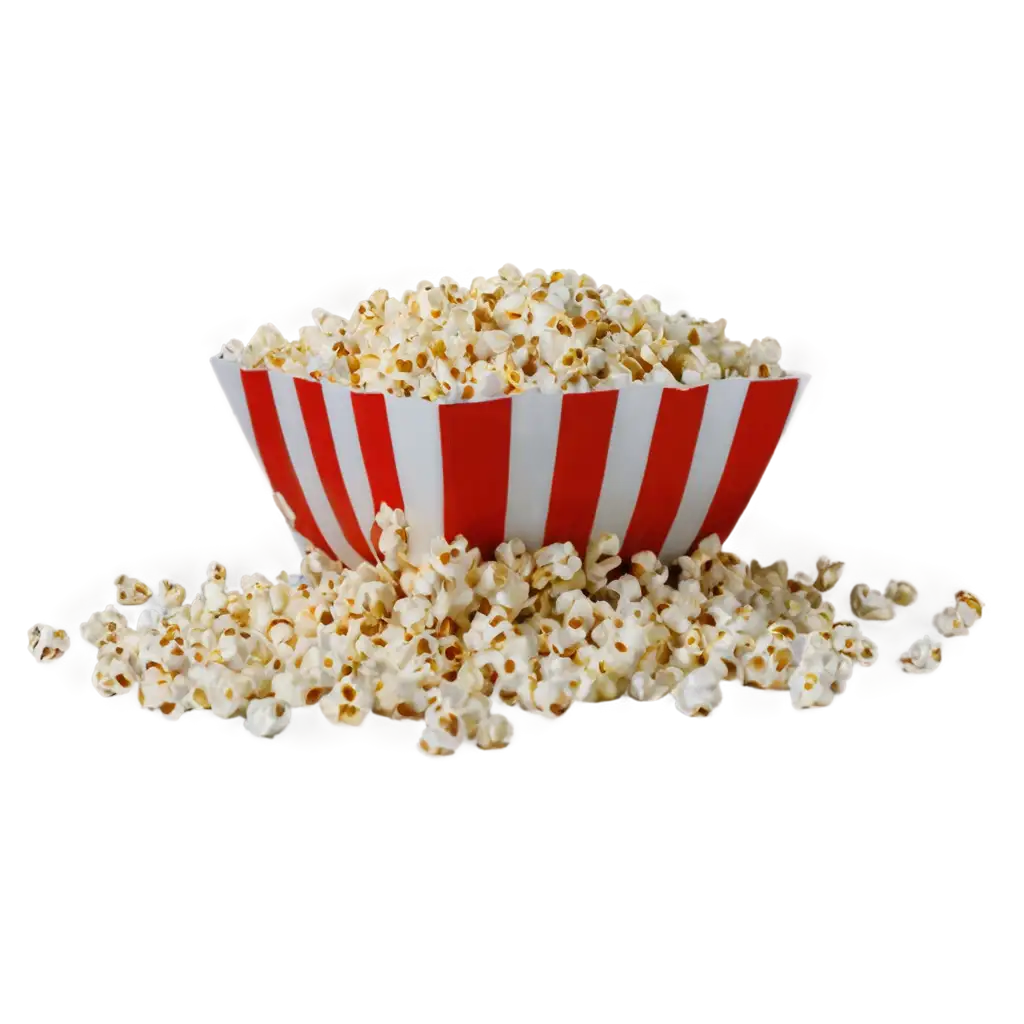
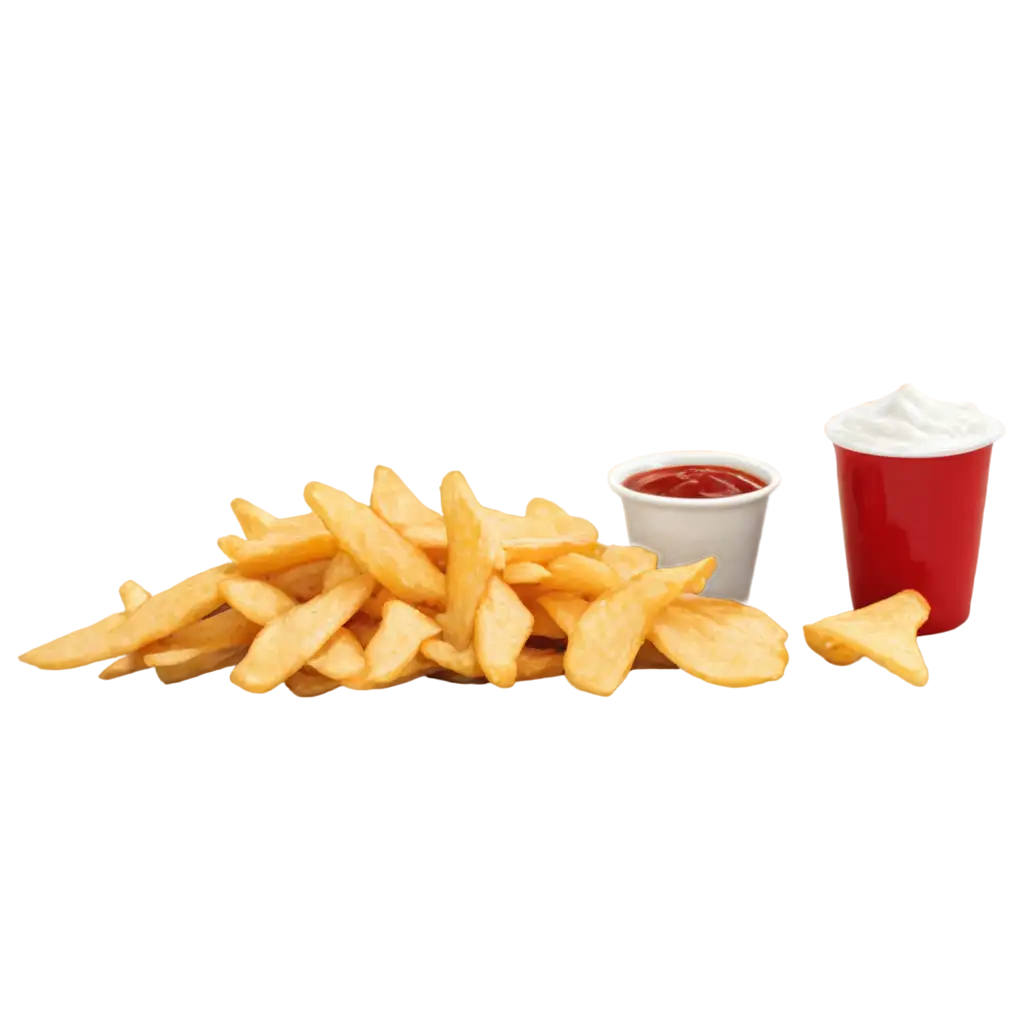
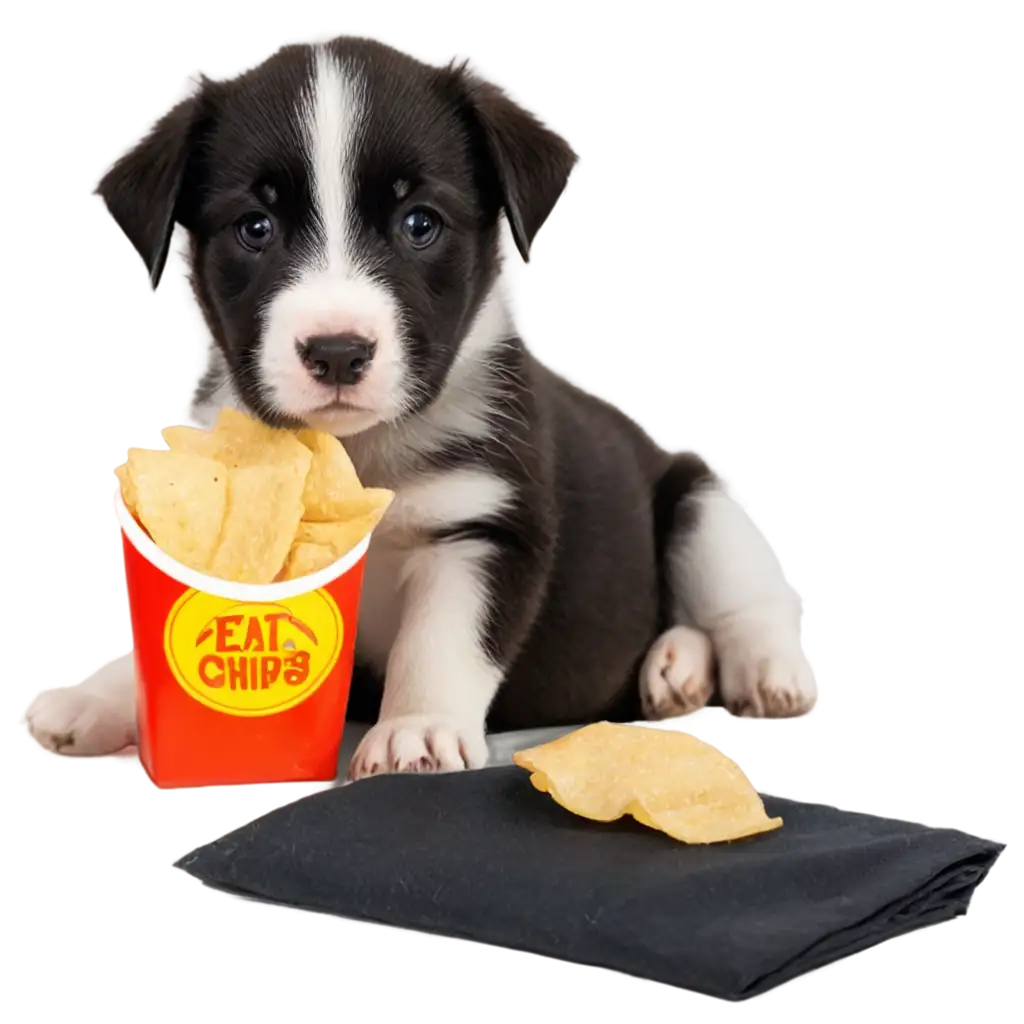
Related Tags
Food photography for chips presents unique challenges and opportunities in capturing their distinctive textures and appeal. Professional photographers often focus on highlighting the crispy ridges, golden hues, and perfect seasoning distribution. Key techniques include using controlled lighting to emphasize texture, arranging chips in aesthetically pleasing compositions, and capturing the perfect angle to showcase both individual chips and artful stacks. AI-generated images excel in creating consistent, appetizing representations while maintaining the natural imperfections that make chips visually interesting. Common styles range from minimalist single-chip presentations to elaborate snack spreads featuring various dips and accompaniments.
Mastering the Art of Chips Photography
Commercial chip photography encompasses various styles to serve different marketing needs. Product packaging typically features close-up shots highlighting texture and seasoning, while advertising materials might include lifestyle shots of people enjoying chips or party scenes. Vector illustrations often emphasize the fun and casual nature of chip consumption through bold colors and playful designs. 3D rendered images are particularly valuable for product visualization before production, allowing brands to experiment with different shapes, textures, and packaging designs. Each style serves specific purposes in brand storytelling, from establishing premium positioning through elegant minimalist photography to creating playful social media content with illustrated chip characters.
Types and Styles of Chip Imagery in Commercial Use
AI image generation has revolutionized chip photography by offering unprecedented control over every aspect of the image. Users can specify exact lighting conditions, angles, and environments without the physical limitations of traditional photography. Key approaches include using descriptive prompts that detail the desired chip type, texture, lighting, and composition. For instance, specifying 'macro photography of ridge-cut potato chips with sea salt crystals visible under warm directional lighting' yields highly detailed, professional-looking results. The technology excels at creating consistent series of images while maintaining the ability to introduce controlled variations in style, presentation, and context.
Creating Compelling Chip Photography with AI Tools
The future of AI-generated chip photography is heading toward even greater photorealism and creative possibilities. Emerging trends include the integration of dynamic elements like steam for hot chips, realistic oil shimmer, and perfect crumb capture. Advanced AI models are becoming better at rendering complex textures and translucent elements, enabling more sophisticated compositions featuring chips with dips, sauces, or in elaborate party spreads. We're also seeing increased demand for diverse cultural representations in chip imagery, from traditional tortilla chips with authentic Mexican presentations to Asian rice crackers in contemporary settings. These developments are making AI-generated chip imagery an increasingly valuable tool for brands, marketers, and content creators.
Future Trends in AI-Generated Chip Imagery